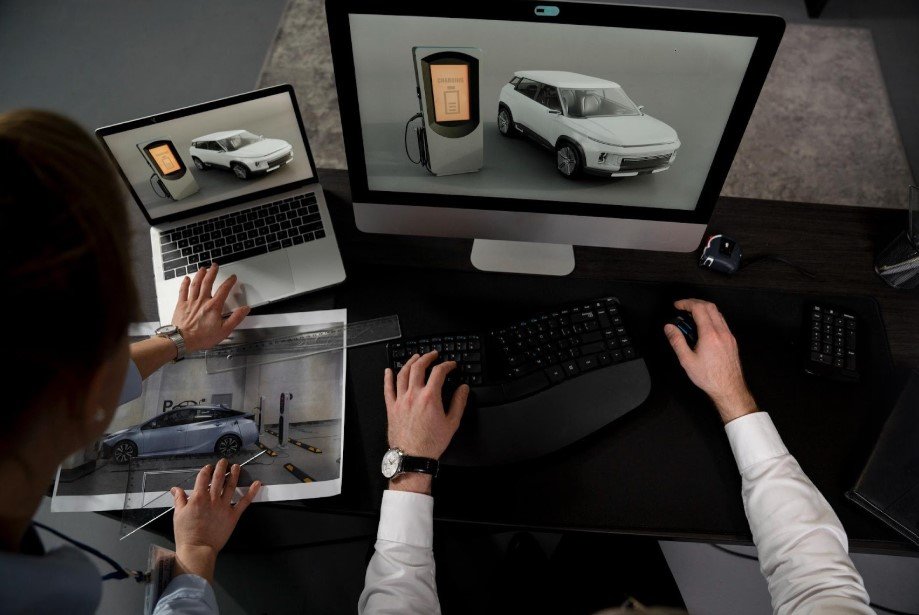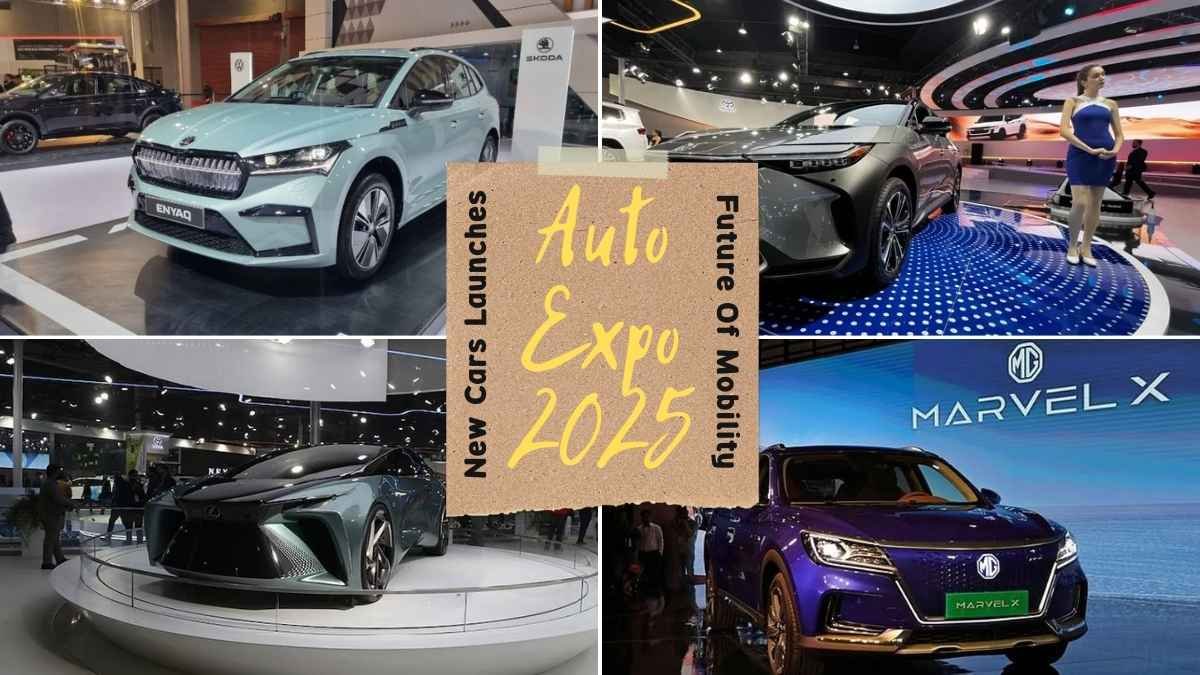Buying a car shouldn’t feel like studying for finals while dodging pop-up ads. This playbook keeps you grounded, cuts through noise, and helps you choose the right vehicle for your life—not for the loudest banner or shiniest press release.
Start With You, Not the Car
Use-case snapshot (2 minutes)
Write down the boring realities that actually matter:
- People & pets: Regular passengers? Car seats? Dogs with opinions?
- Miles & terrain: City potholes, gravel roads, mountain passes?
- Hauling needs: Strollers, golf clubs, bikes, small trailers?
- Parking: Street parallel? Tight condo garage? Low ceilings?
- Climate: Snow, heat, rain—be honest about winters.
- Tech tolerance: Love screens or prefer physical knobs?
Analogy: Picking a car is like buying hiking boots. If they don’t fit your trail, you’ll notice every mile.
Budget vs. Total Cost of Ownership (TCO)
Price tags lie by omission. Add these to see the real number:
- Fuel/energy: MPG or kWh per 100 km × your mileage
- Insurance: Get quotes on your short list (age, zip, record matter)
- Maintenance & tires: Intervals, fluid service, brake/EV tire costs
- Depreciation: Some trims fall faster—resale matters if you’ll swap in 3–5 years
- Taxes/fees: Registration, emissions, inspections
Build a Shortlist in 15 Minutes
Trim by must-have specs
- Safety: Look for advanced driver-assist availability (AEB, blind-spot, lane keep).
- Space: Measure your stuff. 60/40 seats? Stroller fit?
- Comfort: Seat height, thigh support, lumbar, steering reach.
- Basics that age well: Android Auto/CarPlay, heated mirrors, remote start in cold climates.
When numbers lie
- Horsepower vs. torque: Torque at low RPM makes daily driving feel quicker than a high HP figure on paper.
- Test cycles vs. real life: Treat official efficiency numbers as a direction, not destiny—your route, weather, and right foot will decide.
Reliability & Ownership Reality
Service intervals & common wear items
Scan the maintenance schedule. Short intervals ≠ bad; surprises are. Turbo engines, dual-clutch gearboxes, and air suspensions can be brilliant but may cost more to service.
Warranty quirks, recalls, parts availability
- Bumper-to-bumper vs. powertrain: Know what each covers.
- Recalls & TSBs: A recall fixed promptly is better than a problem denied.
- Parts & network: Popular models often mean faster parts and more independent shops that can service them.
Test-Drive Like a Pro (Even if You’re Not)
A 10-minute route that tells you everything
- Cold start & low-speed bumps: Listen for rattles, suspension thumps.
- Tight turns & parking: Check steering weight and camera clarity.
- Highway merge: 0–60 isn’t life; 30–70 passing power is.
- Coast & brake: Straight tracking, brake feel, no pull.
Cabin checks that matter daily
- Phone mount/charging, wireless CarPlay/Android Auto reliability
- Wiper/signal stalks where your hands expect them
- Rear visibility (try a quick lane change), B-pillar blind spots
- Child-seat anchors you can actually reach
- Vent direction (foggy days) and physical climate knobs
Quick humor: If it takes four taps to change the fan speed, you’ll learn new words in rush hour.
Spotting Bias Online: Ads, “Guest” Articles & Aggregators
Why certain banners follow you around
Many auto sites fund content with programmatic ads placed via an advertising marketplace—a platform that matches publishers with advertisers. That’s normal. Just remember: ads are ads. They’re not road tests.
Why contributed articles can read a little… salesy
Some posts are supplied by outside writers or brands as part of guest post marketing. These can still be useful, but read them like a smart buyer: check the byline, the date, and whether the “review” cites methods or just opinions.
60-second credibility scan
- Author: Name, role, track record?
- Method: Instrumented test or “felt quick”?
- Evidence: Any numbers beyond brochure specs?
- Balance: Pros and cons listed?
- Disclosures: Any ties to the brand?
(We include those two links purely to define the terms so you can recognize them—no sales pitch attached.)
Deal Math 101 (So You Don’t Overpay)
Speak the same language
- MSRP: Sticker. Nice reference, rarely the out-the-door price.
- OTD (Out-the-Door): The only number that matters—car + destination + doc + taxes + fees.
- Monthly payment traps: A longer term makes anything “affordable.” Focus on OTD and APR, not the monthly.
Trade-in timing & APR reality check
- Get 2–3 instant cash offers (baseline) before visiting a dealer.
- Low APR promos often apply to specific trims; read the fine print.
- If the dealer beats your pre-approval and OTD is right, great. If not, walk. Your shoes work.
EV, Hybrid, or Gas? A Simple Decision Tree
Step 1: Charging & routes
- Home Level-2 or reliable workplace charging? Strong EV candidate.
- Apartment + street parking? Consider hybrid/PHEV.
- Frequent 300+ mile trips in winter? Check DC-fast coverage and winter range.
Step 2: Climate & tech
- Cold winters: Heat pumps help; winter tires matter more.
- Hot summers: Battery thermal management counts (for longevity and AC performance).
Step 3: Budget & incentives
Weigh energy costs against purchase price. Hybrids often deliver the best hassle-adjusted savings if charging is inconvenient.
The 7-Day Research Sprint (Checklist)
Day 1: Write your use-case snapshot; set a TCO budget.
Day 2: Make a 3–5 model shortlist (must-have specs).
Day 3: Reliability scan (service intervals, warranty notes, common issues).
Day 4: Book two back-to-back test drives; plan your 10-minute route.
Day 5: Cabin & cargo tests with your real stuff; sleep on it.
Day 6: Collect OTD quotes + trade-in offers; compare apples to apples.
Day 7: Re-run TCO, pick the winner, schedule a final walk-around before signing.
Your printable comparison matrix (fill one row per model)
- Use-case fit: (Commute/Family/Hauling)
- Comfort/Ergonomics: Seat, visibility, controls (1–5)
- Safety/Tech: Must-haves present?
- Space: Rear seat, cargo flexibility
- Drive feel: Ride/Noise/Passing power
- TCO: Fuel/energy + insurance + maintenance
- Deal: Best OTD • APR • Trade-in value
- Intangibles: The grin test (did it make you smile?)
Bottom Line
Start with your life, not the brochure. Shortlist by needs, test the things you’ll actually do, sanity-check reviews for bias, and negotiate from the OTD number. Do that, and you’ll end up in a car that fits like those hiking boots you never think about—because they just work.
Refresh Date: August 22, 2025



